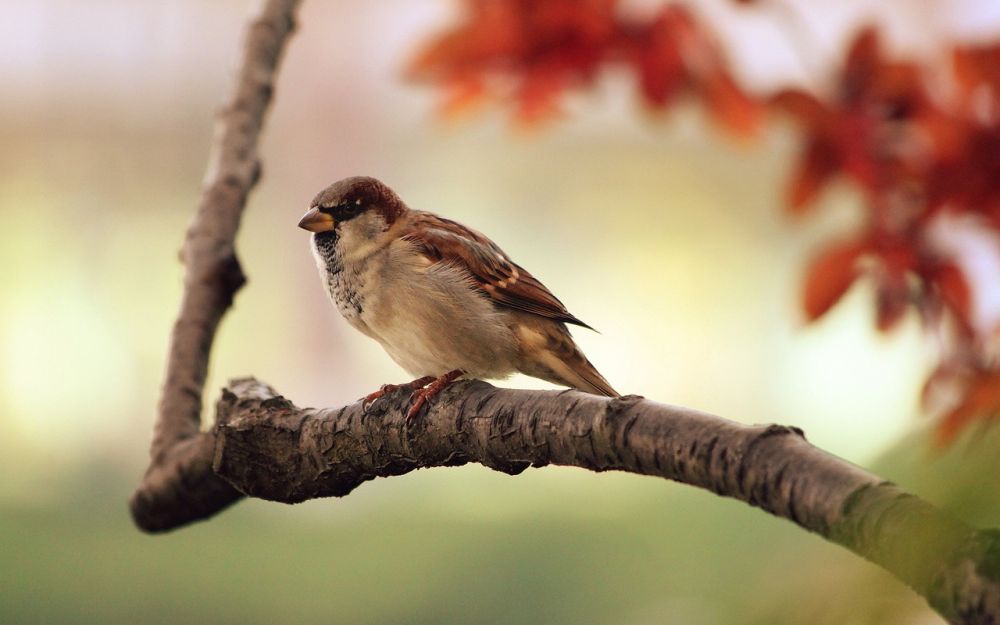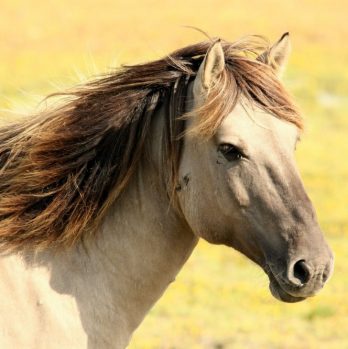Condor Birds: Majestic Creatures of the Sky

Introduction:
The condor bird is an awe-inspiring creature known for its impressive size and majestic soaring abilities. In this article, we will explore the world of condor birds, providing a comprehensive overview of these magnificent birds, their different types, popular species, quantitative measurements, variations, and a historical review of their pros and cons. Let’s delve into the fascinating world of condor birds.
1. An Overview of Condor Birds:

Condor birds belong to the family Cathartidae, specifically the genus Vultur. They are large birds characterized by their broad wingspan and distinctive plumage. These birds are primarily found in the Americas, with their habitat ranging from the Andes mountains to the coastal regions.
2. Comprehensive Presentation of Condor Birds:
– Types: There are two main species of condor birds: the Andean condor and the California condor. The Andean condor, native to South America, is considered the largest flying bird, while the California condor, primarily found in North America, is critically endangered.
– Popularity: Condor birds have captivated the attention and interest of bird enthusiasts worldwide. Their rarity, grandeur, and significance in various cultures have contributed to their popularity among bird lovers.
3. Quantitative Measurements of Condor Birds:
– Wingspan: The wingspan of a condor bird can vary between 9-10 feet, making it one of the largest wingspans among birds. This impressive wingspan allows condor birds to effortlessly glide through the sky.
– Weight: Condor birds can weigh up to 30 pounds, with the Andean condor being slightly heavier than the California condor.
– Lifespan: In captivity, condor birds can live for over 50 years, while in the wild, their lifespan ranges from 50-70 years.
4. Differences Among Condor Birds:
While both Andean and California condor birds share similarities, they also have notable differences:
– Geographic Range: Andean condors inhabit the mountains and coastal areas of South America, while California condors are mainly found in regions of North America.
– Physical Features: Andean condors have a white collar around their necks, while California condors have a bare head and neck covered in black feathers.
5. Historical Review of Pros and Cons of Condor Birds:
– Pros: Condor birds play a crucial role in the ecosystem by scavenging carrion, thus preventing the spread of diseases. They also hold cultural and spiritual significance in various indigenous cultures, representing power, freedom, and transcendence.
– Cons: The California condor population faced severe decline due to habitat loss, environmental factors, and human interference. However, conservation efforts, including captive breeding programs, have been successful in reviving their numbers.
Conclusion:
Condor birds are magnificent creatures that inspire awe and admiration. Their grandeur, size, and cultural significance make them a subject of fascination for bird lovers worldwide. This article provided an in-depth exploration of condor birds, including their overview, different types, quantitative measurements, variations, and historical pros and cons. Let us continue to appreciate and protect these majestic creatures, ensuring their survival for generations to come.











